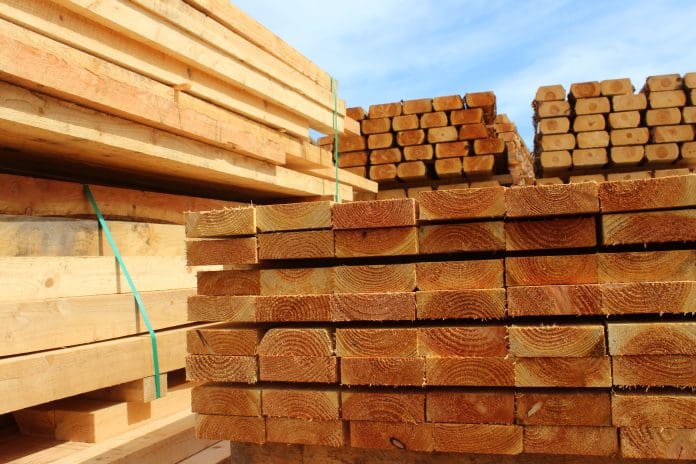The construction industry is being reshaped as new sustainable construction materials enter the market and different, more environmentally aware methods of construction emerge
Awareness of sustainable construction materials trends and preparation for how they may affect operations stand contractors and housebuilders in good stead for the future.
New approaches to sustainable construction
A growing number of construction businesses are beginning to embrace circular economy principles. This involves designing buildings for disassembly, reusing materials, and minimising waste generation throughout the construction process.
Construction companies can prepare for this by implementing waste reduction and recycling programmes on construction sites, exploring opportunities for material reuse and repurposing, and engaging with suppliers that support circular economy initiatives.
A number of green certifications and standards are also growing in popularity. Schemes such as BREEAM (Building Research Establishment Environmental Assessment Method) and LEED (Leadership in Energy and Environmental Design) are becoming increasingly important ways to demonstrate the environmental performance of buildings.
By familiarising themselves with green building standards and training staff in sustainable building practices, contractors and housebuilders will be well prepared for future developments in sustainable construction.
What types of sustainable construction materials are now available?
A growing number of products with a reduced negative impact on the environment are available. These include materials that are biodegradable or recyclable, such as bioplastics, hempcrete, and recycled steel or glass.
With concrete production being a significant source of carbon emissions, many organisations are exploring low-carbon concrete options, which incorporate materials like fly ash, slag, or recycled aggregates.
Mass timber construction is also increasing in popularity because of its potential sustainability and aesthetic appeal. Energy-efficient insulation is another area where construction companies are beginning to make sustainability improvements.
Contractors and housebuilders should spend adequate time researching these materials and how they can potentially be incorporated into their projects. Using sustainable alternatives to traditional construction materials can make it easier to meet environmental legislation or requirements set out by clients.
Where can sustainable construction materials be found?
Sourcing sustainable construction materials may mean partnering with suppliers specialising in sustainable materials. However, other merchants are now recognising the need to stock more eco-friendly products and many are updating their stock to reflect this. Talking to existing reliable suppliers to find out what they have available is a good place to begin.
Some digital procurement solutions make it easy to submit an enquiry for the required materials to multiple merchants in seconds, making it much quicker to find sustainable options.
Are sustainable materials as effective as traditional materials?
In many cases, sustainable materials are just as effective as their traditional counterparts and sometimes, they offer additional benefits beyond simply fulfilling the intended function. Advances in sustainable material technology continue to bridge performance gaps between traditional and eco-friendly options.
Like any other material, contractors and housebuilders should carefully consider the overall project goals, conduct research into any unfamiliar materials, and ensure they have access to suitable suppliers before adopting something new.
By embracing new sustainable materials, working with suppliers who provide them, and adopting more environmentally conscious ways of working, those operating within the construction sector can align themselves with environmentally responsible building practices and lead the way in improving the sustainability of the construction industry. Strong adoption of suitable materials can help businesses differentiate themselves in the market and meet growing demands from the public, governments, and clients to offer more sustainable solutions.














